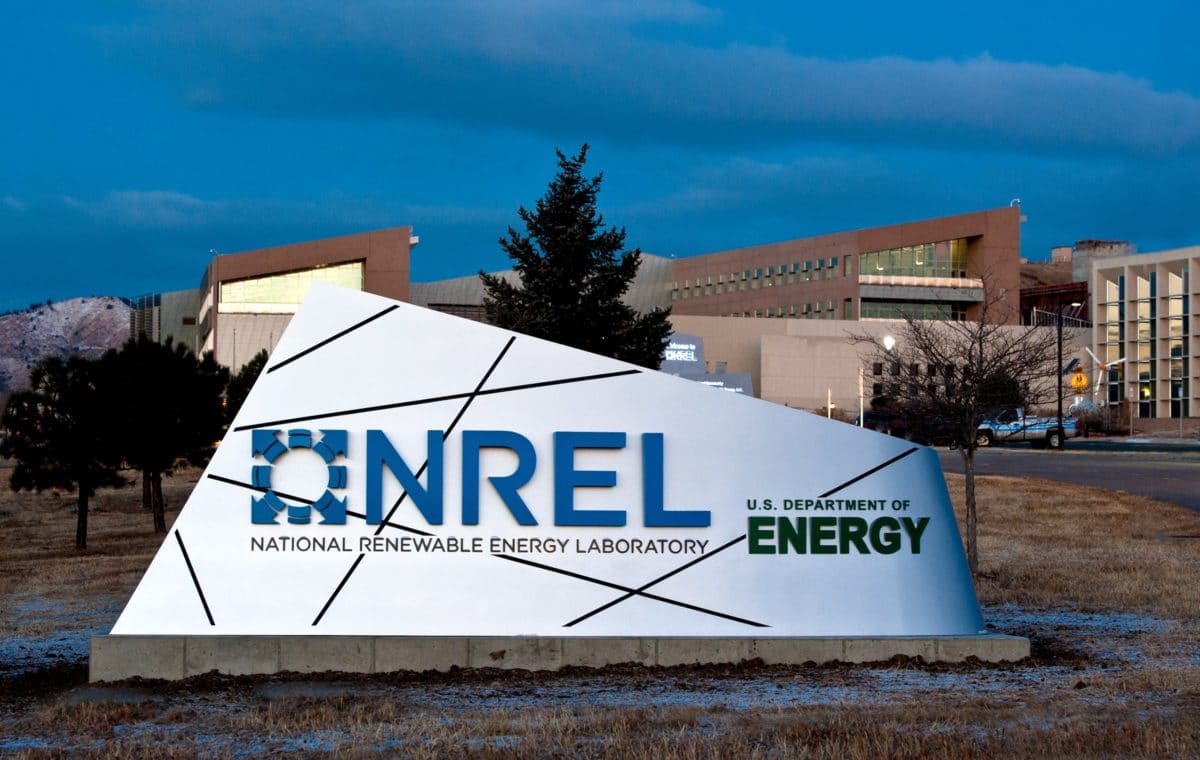Researchers at the National Renewable Energy Laboratory (NREL) have developed what they are calling the Storage Financial Analysis Scenario Tool (StoreFAST). The tool is used to evaluate the levelized cost of energy (LCOE), also known as the levelized cost of storage (LCOS).
The model can identify potential long-duration storage opportunities in the framework of a future electric grid with 85% renewables penetration.
NREL researchers designed StoreFAST based on the Hydrogen Financial Analysis Scenario Tool (H2FAST), which was created by NREL in 2015 as an aid for analyzing the financial aspects of installing hydrogen fueling stations.
The StoreFAST model is pre-populated with sample energy storage and flexible power generators to illustrate how it generates comparative assessments. The model allows users to specify up to 15 parallel technology assessments that can span completely different storage types or focus on a single technology variant. A user can perform a parallel assessment of current and future technology performance outlooks by specifying different outlooks for costs and performance in each technology slot.
Side-by-side comparison
StoreFAST analyzes both energy storage systems and flexible power generation systems on a side-by-side basis. The model outputs visuals for three parameters: the LCOE, financial performance parameters, and time series charts for all financial line items. Primary inputs to the model include system power output capacity, capital costs, operations and maintenance costs, charging electricity or fuel costs, storage duration, and capacity factors.
StoreFAST offers what NREL said is a consistent comparison across all technologies. It does this by analyzing parameters that describe system cost, performance, and capacity factor to calculate the net present value of all capital, operating, tax, and financing expenses divided by the system lifetime electricity sales. This definition of LCOE offers a consistent comparison of storage technologies, NREL said.
Researchers used the StoreFAST model to analyze a system from 12 hours up to 7 days of storage duration. The NREL study found that for long durations of energy storage (that is, more than 60 hours), clean hydrogen systems with geologic storage and natural gas with carbon capture and sequestration are the lowest cost options. That was true regardless of whether system costs were based on current or future technology.
Researchers also modeled the cost of an energy storage system using fuel cells designed for heavy-duty vehicles rather than conventional stationary fuel cells, and found that this system achieved 13%–20% lower LCOE.
Funding for this work was provided by the U.S. Department of Energy Office of Energy Efficiency and Renewable Energy Strategic Analysis Team, Hydrogen and Fuel Cell Technologies Office, Solar Energy Technologies Office, and Wind Energy Technologies Office.
This content is protected by copyright and may not be reused. If you want to cooperate with us and would like to reuse some of our content, please contact: editors@pv-magazine.com.









By submitting this form you agree to pv magazine using your data for the purposes of publishing your comment.
Your personal data will only be disclosed or otherwise transmitted to third parties for the purposes of spam filtering or if this is necessary for technical maintenance of the website. Any other transfer to third parties will not take place unless this is justified on the basis of applicable data protection regulations or if pv magazine is legally obliged to do so.
You may revoke this consent at any time with effect for the future, in which case your personal data will be deleted immediately. Otherwise, your data will be deleted if pv magazine has processed your request or the purpose of data storage is fulfilled.
Further information on data privacy can be found in our Data Protection Policy.